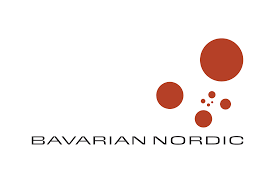Tourists visiting Denmark will be faced with more expensive public transport fares when sales of the ten-ride klippekort tickets stop on July 1.
With the implementation of the Rejsekort electronic travel card, there is no cheap and simple alternative for tourists and people who do not require a whole-day ticket or similar package deals. Instead, they will be forced to purchase full-price tickets, which can be up to twice as expensive as discounted, multi-ride fares.
Movia, the organisation that co-ordinates public transit in all of Zealand, including Greater Copenhagen, admitted there was a problem.
“Now that the klippekort era is drawing to a close we still have not found a good, permanent solution. I still can’t say whether we can come up with a Rejsekort variant that could help solve this challenge,” Anders Due, a Movia manager, told MetroXpress newspaper.
Danhostel Copenhagen City, a hostel catering to around 200,000 tourists every year, has looked ahead and purchased klippekort tickets in bulk, which they intend to sell to their guests as a temporary solution.
“We have hoarded some, but when they run out we will face a problem. Not all tourists need the expensive Copenhagen Card,” manager Jeanette Birkedal told MetroXpress.
One solution could be for tourists to purchase a temporary, anonymous, Rejsekort, but they are available in few areas, cost 80 kroner to purchase and require a minimum of 70 kroner on the card account.
Tourists in Greater Copenhagen, for example, can only purchase an anonymous Rejsekort at Høje Taastrup Station or at the Movia offices in Valby, both of which have limited opening hours. And tourists then have to travel back to where they purchased the cards if they want the remaining funds paid back. Furthermore, the Rejsekort has been beset by criticism since it was first rolled out in 2007.
Movia has revealed that the sale of two zone klippekort tickets has been extended to the end of 2013 for businesses, but a long-term solution for individuals has yet to be developed.
The klippekort has been a mainstay in Danish public transport since it first appeared back in 1979.














